51单片机数字钟温度计的编程实例
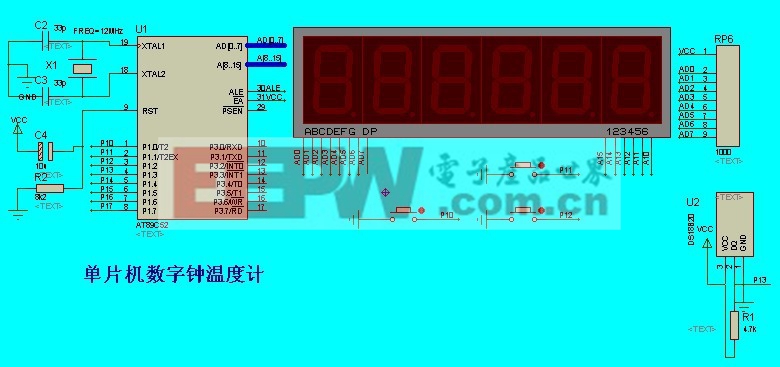
#include reg51.h
char disp[11]={0x3f,0x06,0x5b,0x4f,0x66,0x6d,0x7d,0x07,0x7f,0x6f,0x40};
char disp_dot[11]={0xbf,0x86,0xdb,0xcf,0xe6,0xed,0xfd,0x87,0xff,0xef,0xc0};
sbit DQ = P1^3; //定义通信端口
//晶振12MHz
void delay_18B20(unsigned int i)
{
while(i--);
}
//初始化函数
Init_DS18B20(void)
{
unsigned char x=0;
DQ = 1; //DQ复位
delay_18B20(8); //稍做延时
DQ = 0; //单片机将DQ拉低
delay_18B20(80); //精确延时 大于 480us
DQ = 1; //拉高总线
delay_18B20(14);
x=DQ; //稍做延时后 如果x=0则初始化成功 x=1则初始化失败
delay_18B20(20);
}
//读一个字节
ReadOneChar(void)
{
unsigned char i=0;
unsigned char dat = 0;
for (i=8;i>0;i--)
{
DQ = 0; // 给脉冲信号
dat>>=1;
DQ = 1; // 给脉冲信号
if(DQ)
dat|=0x80;
delay_18B20(4);
}
return(dat);
}
//写一个字节
WriteOneChar(unsigned char dat)
{
unsigned char i=0;
for (i=8; i>0; i--)
{
DQ = 0;
DQ = dat0x01;
delay_18B20(5);
DQ = 1;
dat>>=1;
}
}
//读取温度
ReadTemperature(void)
{
unsigned char a=0;
unsigned char b=0;
unsigned int t=0;
Init_DS18B20();
WriteOneChar(0xCC); // 跳过读序号列号的操作
WriteOneChar(0x44); // 启动温度转换
delay_18B20(100);
Init_DS18B20();
WriteOneChar(0xCC); //跳过读序号列号的操作
WriteOneChar(0xBE); //读取温度寄存器等(共可读9个寄存器) 前两个就是温度
a=ReadOneChar();
b=ReadOneChar();
//传感器返回值除16得实际温度值
//为了得到2位小数位,先乘100,再除16,考虑整型数据长度,
//技巧处理后先乘25,再除4,除4用右移实现
t = (b*256+a)*25;
return( t >> 2 );
}
main()
{
unsigned int tmp;
unsigned char counter;
while(1)
{
//温度测量频率没有必要太高,太高反而影响数码显示
//所以用计数器加以控制
if(counter-- == 0)
{
tmp = ReadTemperature();
counter = 20;
}
P2 = 0xff;
P0 = disp[tmp%10];
P2 = 0xfb;
delay_18B20(1000);
P2 = 0xff;
P0 = disp[tmp/10%10];
P2 = 0xf7;
delay_18B20(1000);
P2 = 0xff;
P0 = disp_dot[tmp/100%10];
P2 = 0xef;
delay_18B20(1000);
P2 = 0xff;
P0 = disp[tmp/1000%10];
P2 = 0xdf;
delay_18B20(1000);
}
}
51单片机相关文章:51单片机教程



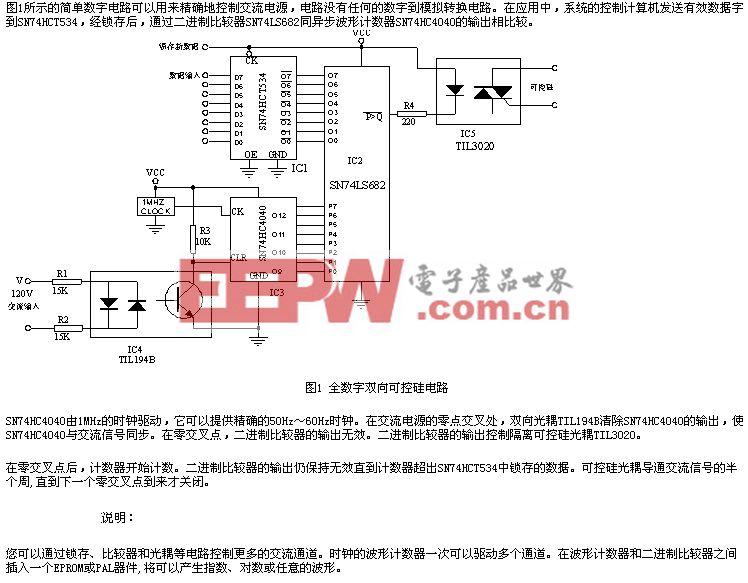


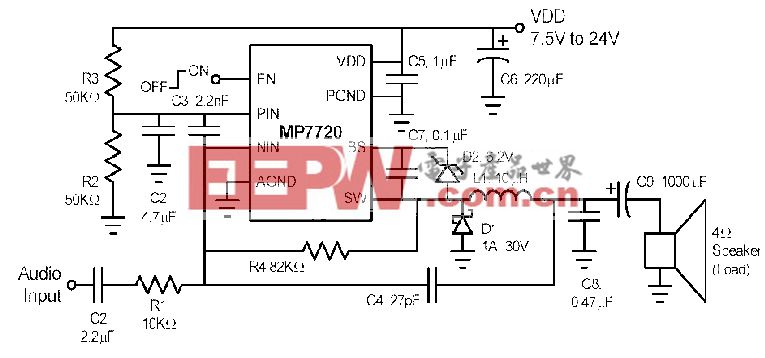
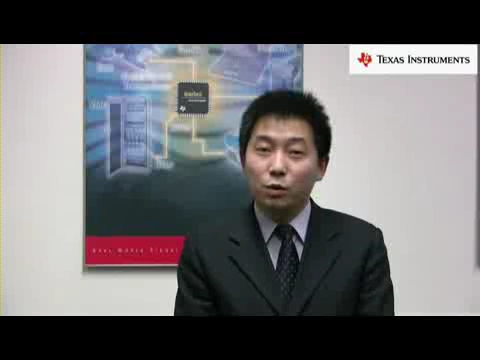
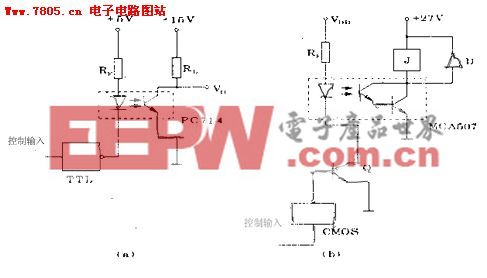
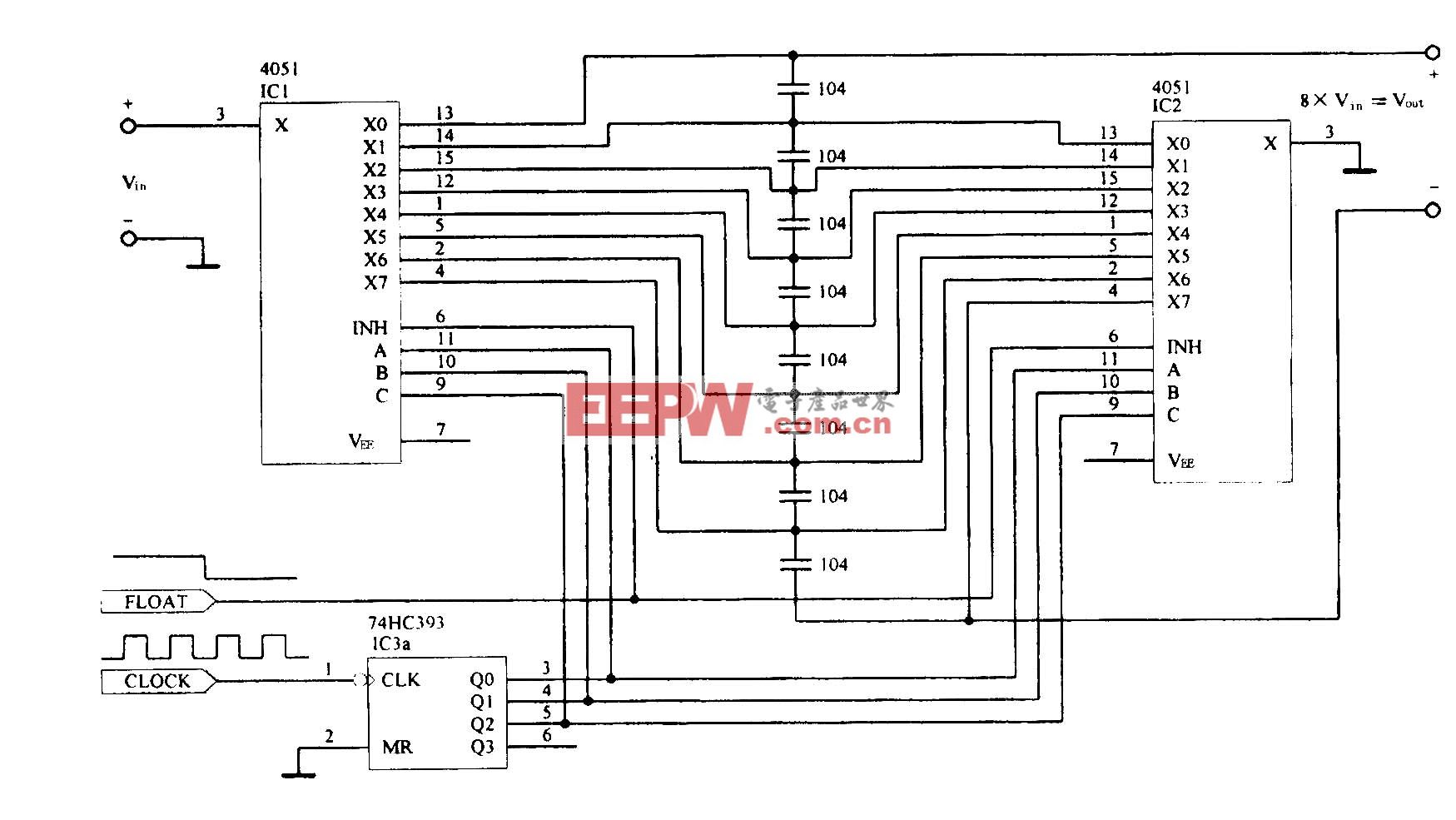
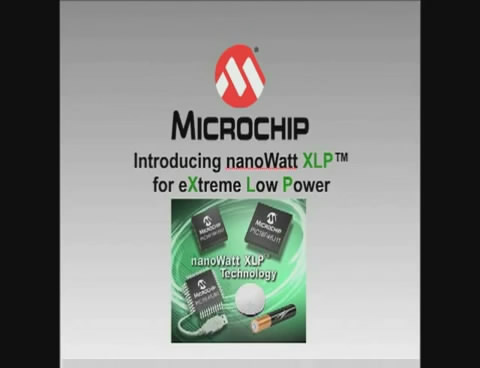

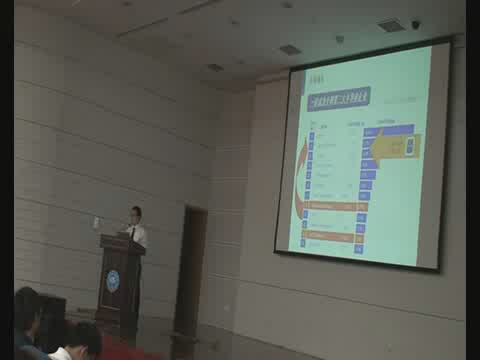
评论